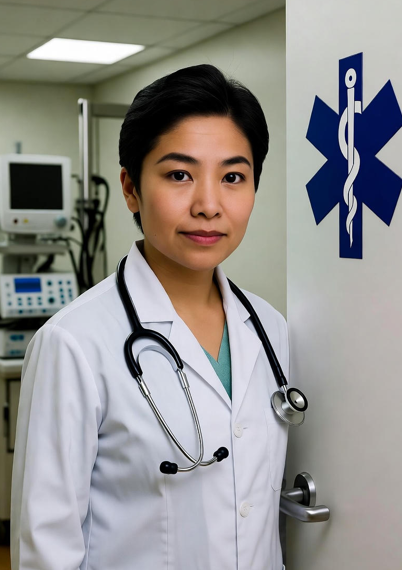
Medical Emergencies at Sea: Onboard Medical Facilities and Emergency Medical Response
When the Doctor Is 500 Miles Away
Onboard Medical Facilities: More Than Just a First Aid Kit
Common Medical Emergencies at Sea
Getting Help When You Need It
Hospital Ships: Floating Hospitals
The Medical Staff: Professionals at Sea
Prevention: The Best Medicine
The Technology Behind Maritime Medicine
The Bottom Line
Share This Article
Related Articles
Continue reading with these related articles

Engineering Emergencies Onboard Ships: When Things Go Wrong at Sea
Discover the most common engineering emergencies onboard ships and how marine engineers are trained to handle them. Learn about fires, flooding, equipment failures, and the critical response procedures that keep ships safe at sea.

Flooding Emergencies Onboard Ships: Detection, Response, and Damage Control
Learn about flooding emergencies onboard ships, from detection systems to response procedures. Discover how marine engineers handle seawater strainer failures, bilge alarms, and damage control to keep ships safe at sea.

Shipboard Emergency Communications Equipment: Radio Systems, EPIRBs, and Satellite Communications
Discover the critical emergency communications equipment onboard ships, from VHF radios and EPIRBs to satellite systems. Learn how ships maintain contact during emergencies and coordinate rescue operations.

Ship Safety Drills: What Passengers Need to Know About Emergency Training and Procedures
Learn about ship safety drills and emergency training procedures. Discover what passengers can expect during safety drills, how crews practice emergency procedures, and why these drills are essential for maritime safety.
© 2025 The Salty Mariner. All rights reserved.
